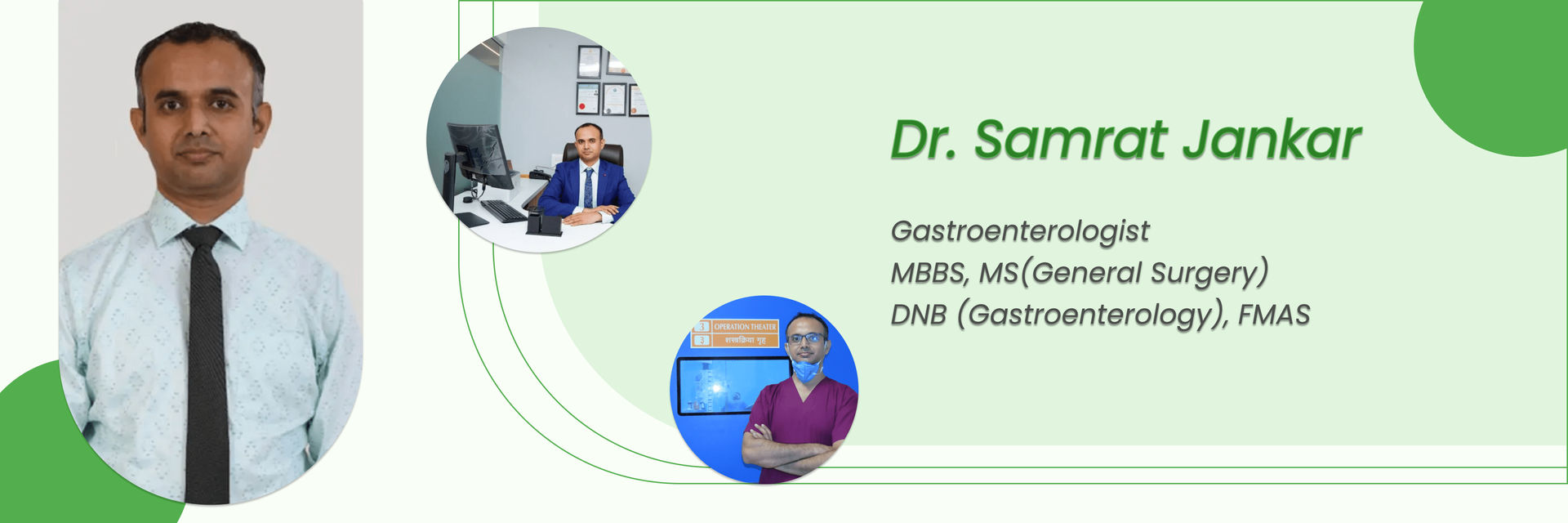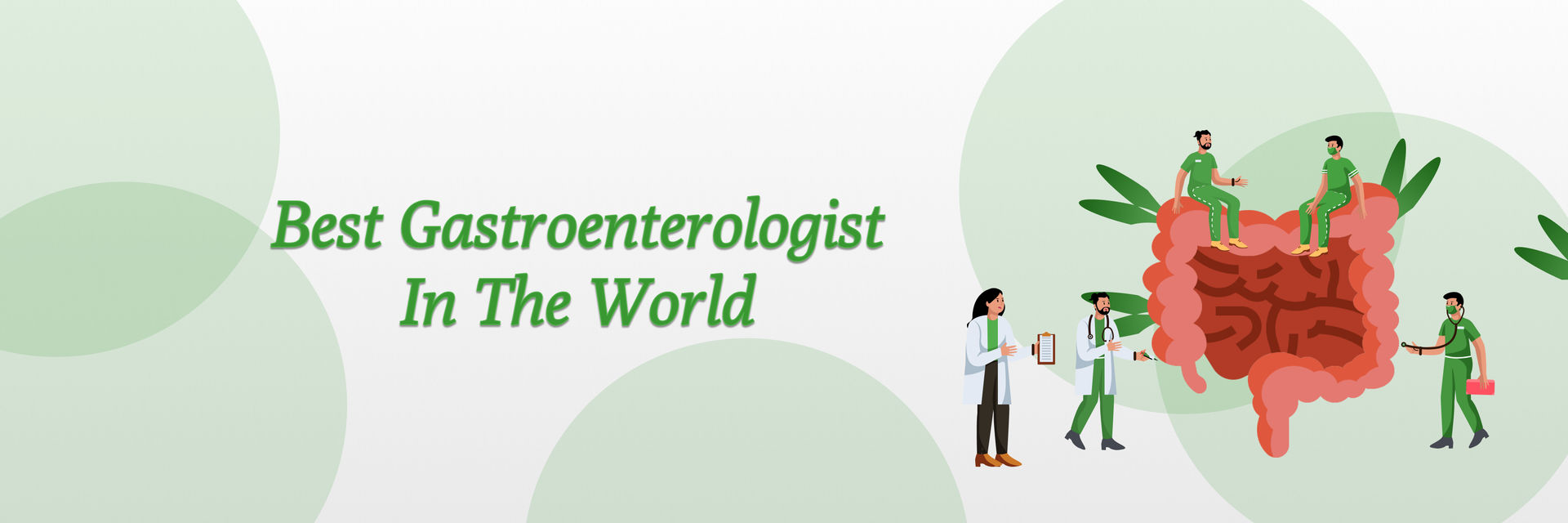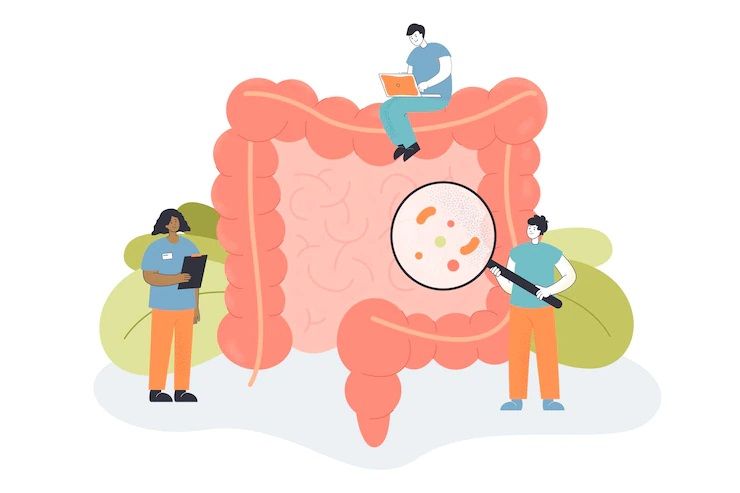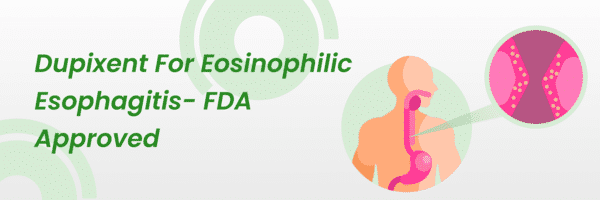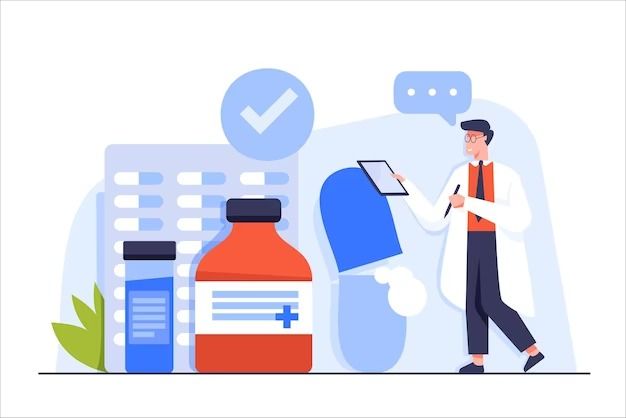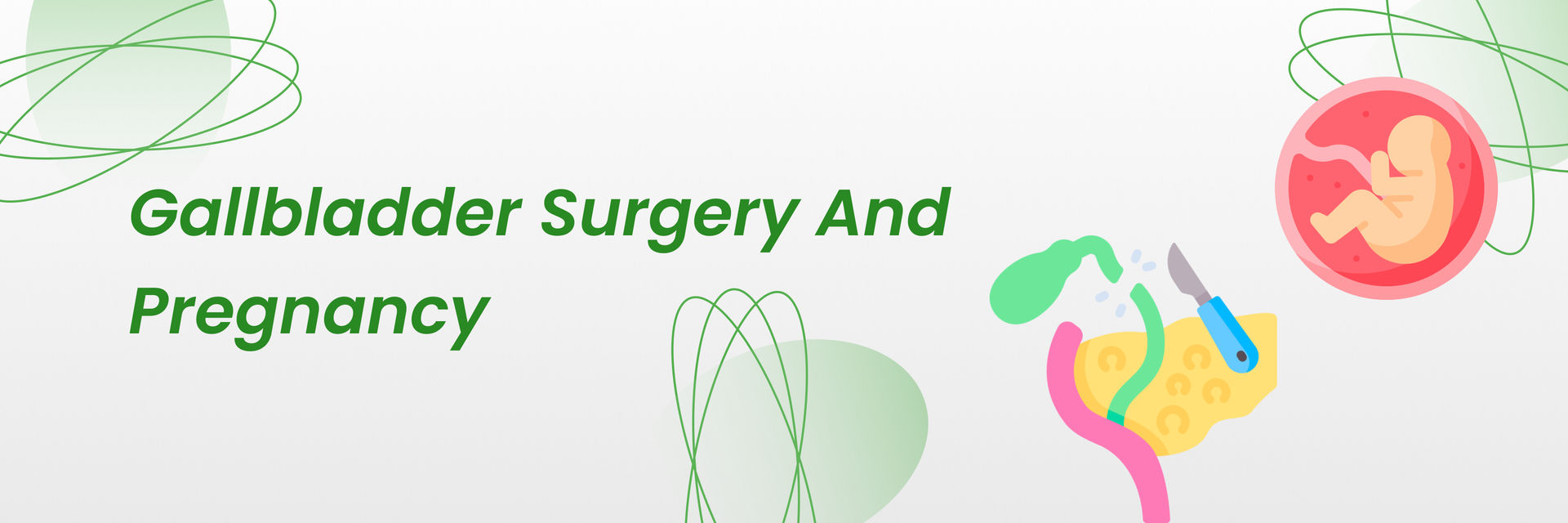Overview
About 1 in 1,000 patients who undergo gallbladder removal surgery experience bile duct obstruction, making it a notable but manageable risk of the procedure.
Gallbladder removal, medically known as cholecystectomy, is a common surgery intended to relieve pain and prevent complications caused by gallstones. While this procedure is typically safe and effective, sometimes it can lead to complications such as bile duct obstruction. This occurs when the pathways that carry bile from the liver to the intestine—the bile ducts—become blocked.
Now, if you need clarity on what is bile duct obstruction here is your answer
Bile duct obstruction is a serious condition that can cause bile to back up in the liver, leading to jaundice (yellowing of the skin and eyes), severe pain, and other health issues.
Understanding the signs, causes, and available treatments for bile duct obstruction is crucial for anyone who has undergone gallbladder removal. Timely intervention can prevent further complications and ensure a better health outcome.
In this blog, we'll explore everything you need to know about managing and preventing this condition, helping you stay informed and prepared.
Are you worried about digestion after gallbladder removal? Learn how your body adapts and consult with expert gastroenterologists for guidance.

Dr. Samrat Jankar, a surgical gastroenterologist from Pune, explains that it can occur even though it’s not common. "Obstructions can happen due to leftover gallstones, surgical injuries, or scar tissue forming in the bile ducts," he says. Symptoms like severe abdominal pain, jaundice, and changes in urine and stool color should prompt immediate medical attention.
"Diagnosing bile duct obstruction usually involves imaging tests such as ultrasounds or MRIs," Dr. Jankar adds. "Procedures like ERCP are beneficial as they can diagnose and treat the blockage at the same time." Regular follow-ups and careful surgical techniques are crucial for preventing these issues. "With timely intervention and appropriate care, these complications can be effectively managed," he reassures.
Some common changes in bile handling after gallbladder removal include:
- Bile Salt Diarrhea (Postcholecystectomy Syndrome): This occurs when increased bile flows into the small intestine, leading to symptoms like diarrhea, gas, and bloating. Medications such as bile acid sequestrants and cholestyramine effectively manage these symptoms.
- Chronic Biliary Pain (Biliary Dyskinesia): This condition causes abdominal pain after gallbladder removal. It’s thought to be related to muscle problems in the biliary system. In rare cases, it can involve a bile duct blockage, affecting the transport of bile from the liver to the intestine.
It's essential to note that while these issues can occur, they are not typical. In the majority of cases, gallbladder removal improves symptoms and minimizes complications.
What are the causes of bile duct obstruction after gallbladder removal?
The factors that cause bile duct obstruction after gallbladder removal include:
- Formation of a biliary stricture is a narrowing of the bile duct. Biliary strictures can occur due to injury to the bile duct during surgery or scarring that develops after surgery.
- A bile duct stone, also called a "post-cholecystectomy stone," can form when a small fragment of a gallstone is left behind in the bile duct after surgery and forms a new stone.
Read on to understand the symptoms of a blocked bile duct after gallbladder removal.
What does it feel like when your bile duct is blocked?
Symptoms of blocked bile duct after gallbladder removal include:

If you experience these symptoms after a gallbladder removal, you should contact your doctor immediately. Please remember that bile duct obstruction can be a severe condition requiring prompt medical attention.
Continue reading to understand how your health provider will assess if you have a bile duct obstruction.
How is bile duct obstruction diagnosed?
Before a diagnosis, your healthcare provider may perform the following steps:
- Patient history and physical exam
The provider will take a detailed account of the patient's symptoms and perform a physical examination.
- Blood tests
Blood tests, such as liver function tests and complete blood counts, may be performed to check for signs of liver damage or infection. Biliary obstruction typically results in abnormally high bilirubin, alkaline phosphatase, and liver enzyme levels.
- Imaging studies
Imaging studies, such as an ultrasound, CT scan, or MRI, may be performed to identify and confirm any abnormalities or blockages in the bile ducts.
- Endoscopic retrograde cholangiopancreatography (ERCP)
This invasive test uses a small tube (endoscope) to visualize the bile ducts and pancreas. It is the most definitive test for diagnosing bile duct obstruction and treating it if possible.
- Endoscopic ultrasound (EUS)
An endoscope with an ultrasound probe is inserted through the mouth to examine the ducts and surrounding tissue.
Treatment Options for Bile Duct Obstruction
When you have a bile duct obstruction after gallbladder removal, there are a few key treatments:
ERCP (Endoscopic Procedure):
- Uses a camera on a tube through the stomach to see and clear blockages in the bile ducts.
PTC (Imaging and Procedure):
- Involves injecting dye to visualize blockages on an X-ray and clear them.
Surgery:
- Sometimes, it is required to repair or bypass the blocked ducts.
Medications:
- Help manage symptoms like pain and infection; do not clear blockages.
These treatments are selected based on the specific condition and severity of the blockage.
What would happen if the bile duct blockage isn't removed?
If a bile duct obstruction is not treated, it can lead to several serious complications. Some of these include:
- Jaundice: If the bile duct is obstructed, bile cannot flow from the liver into your small intestine. As a result, bilirubin, a substance that gives bile its yellow color, accumulates in the body and causes jaundice (yellowing of the skin and eyes).
- Liver damage: Bile is essential for removing waste products from the liver. When the bile duct is blocked, these waste products can build up and damage the liver. This can lead to chronic liver disease and cirrhosis, in which the liver becomes scarred and cannot function properly.
- Cholangitis: When bile backs up into the liver, it can cause infection and inflammation of the bile ducts, known as cholangitis. This can lead to fever, abdominal pain, and sepsis.
- Pancreatitis: Bile in the pancreas can cause inflammation and damage to the pancreas, which can lead to severe abdominal pain and damage.
- Gallstones and abscesses: If the obstruction is not treated and persists, gallstones and abscesses can develop, which can be very severe.
It is important to note that bile duct obstruction after cholecystectomy is relatively rare, occurring in around 1% of patients. Other conditions like cancer, inflammation, or congenital disorders can also lead to bile duct obstruction independent of gallbladder removal.
Your well-being is our priority - call us to book your appointment today
How long can you go with a blocked bile duct?
A blocked bile duct can lead to serious health problems if left untreated, and the length of time a person can go with a blocked bile duct varies depending on the severity and cause of the blockage and other medical histories.
In some cases, a blocked bile duct may cause only mild symptoms. To help relieve symptoms and clear the blockage, a combination of medications, such as antibiotics or anti-inflammatory drugs, can be used.
In other cases, a blocked bile duct can lead to serious complications such as infection, jaundice, and even liver damage, which can be fatal.
It is important to seek medical attention if you suspect you have a blocked bile duct to prevent these severe complications.
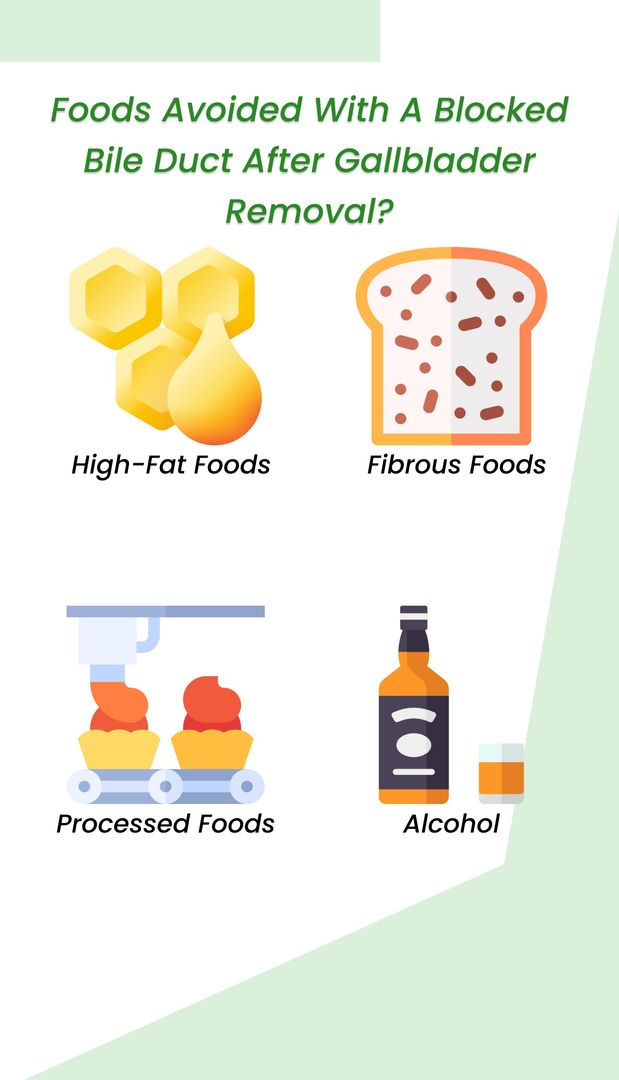
What foods should you avoid with a blocked bile duct after gallbladder removal?
If you have a blocked bile duct, you must avoid foods that can exacerbate your symptoms or worsen the blockage. Some foods to avoid include:
- High-fat foods: Fried foods, fast food, and high-fat dairy products can cause diarrhea and stomach upset and be difficult to digest. The fats can't be broken down properly if the bile duct is blocked.
- Fibrous foods: Raw fruits and vegetables, nuts, and seeds can cause constipation and make blockages more unbearable.
- Processed foods: Packaged snacks, high-sugar foods, and artificial sweeteners can be harder for the body to digest and can increase the risk of diarrhea and constipation.
- Alcohol: Alcoholic beverages can increase bile production and cause irritation and inflammation to the blocked bile duct.
- Spicy foods: They can exacerbate symptoms like stomach pain and diarrhea, so it's best to avoid them or limit their consumption.
It can be exasperating to have problems following a gallbladder removal surgery. You may be wondering how a treatment procedure for a previous condition can cause other problems. Let’s find out.
Why do problems still arise after gallbladder removal?
There are several possible reasons why problems can arise after gallbladder removal:
- Bile ducts may get blocked: After the gallbladder removal, the liver still produces bile, but it can no longer be stored in the gallbladder. Instead, it flows directly into the small intestine and can cause the bile ducts to become blocked.
- Changes in bile consistency: The bile may become thicker and more concentrated after gallbladder removal. This can make it more difficult for the body to break down fats, leading to diarrhea and other problems.
- Lifestyle habits: Some people become sensitive to certain foods and may need dietary changes.
- Nerve damage: The surgery may cause nerve damage, leading to pain or other abdominal symptoms.
- Other medical conditions: Other medical conditions such as IBS (Irritable Bowel Syndrome), inflammatory bowel disease, and pancreatitis can also cause symptoms similar to those caused by gallbladder problems.
- Please do not ignore the symptoms of bile duct blockage, as it can cause severe complications which may require emergency surgery.
Can bile duct obstruction after gallbladder removal be prevented?
While it may not be entirely possible to prevent bile duct obstruction after gallbladder removal, there are steps you can take to reduce your risk:
- Eat a healthy diet
Avoiding foods high in fat and cholesterol, eating a diet high in fruits and vegetables, and drinking plenty of water can all help reduce your risk of developing bile duct problems.
- Manage your weight
Being overweight or obese can increase the risk of bile duct obstruction after gallbladder removal, so try to maintain a healthy weight. Exercise regularly.
- Control other risk factors
Smoking, high alcohol consumption, high blood pressure, high cholesterol, and diabetes can increase the risk of bile duct obstruction. Managing these risk factors can also help reduce the risk of bile duct obstruction.
- Monitoring symptoms
Be aware of the common symptoms of bile duct obstruction, such as abdominal pain, jaundice, and changes in bowel movements. If you notice any unusual symptoms after your gallbladder removal, consult your doctor immediately.
- Follow up with your healthcare provider
Regular follow-up with your healthcare provider is essential after gallbladder removal to ensure that you don't develop any complications. They can detect any issues early on and provide appropriate treatment.
Have you noticed any symptoms mentioned above after a gallbladder removal surgery?
FAQs
1. How long after gallbladder removal can bile duct obstruction occur?
Bile duct obstruction can occur at any time after gallbladder removal, but it's most common within the first few weeks to months after the surgery.
2. What is the difference between a partial and complete bile duct obstruction?
A partial bile duct obstruction occurs when there is some blockage, whereas a complete bile duct obstruction occurs when the duct is completely blocked.
3. What complications can arise from bile duct obstruction after gallbladder removal?
Complications can include jaundice, infection, liver damage, and pancreatitis.
4. Can bile duct obstruction after gallbladder removal be caused by gallstones?
Yes, gallstones can travel into the bile duct and obstruct after removing the gallbladder.
5. What is the likelihood of developing bile duct obstruction after gallbladder removal?
The likelihood is relatively low, occurring in less than 5% of cases.
References:
https://www.nhs.uk/conditions/gallbladder-removal/risks/
https://www.medicalnewstoday.com/articles/322095
https://www.mountsinai.org/health-library/diseases-conditions/bile-duct-obstruction
https://my.clevelandclinic.org/health/diagnostics/6901-bile-duct-exploration
